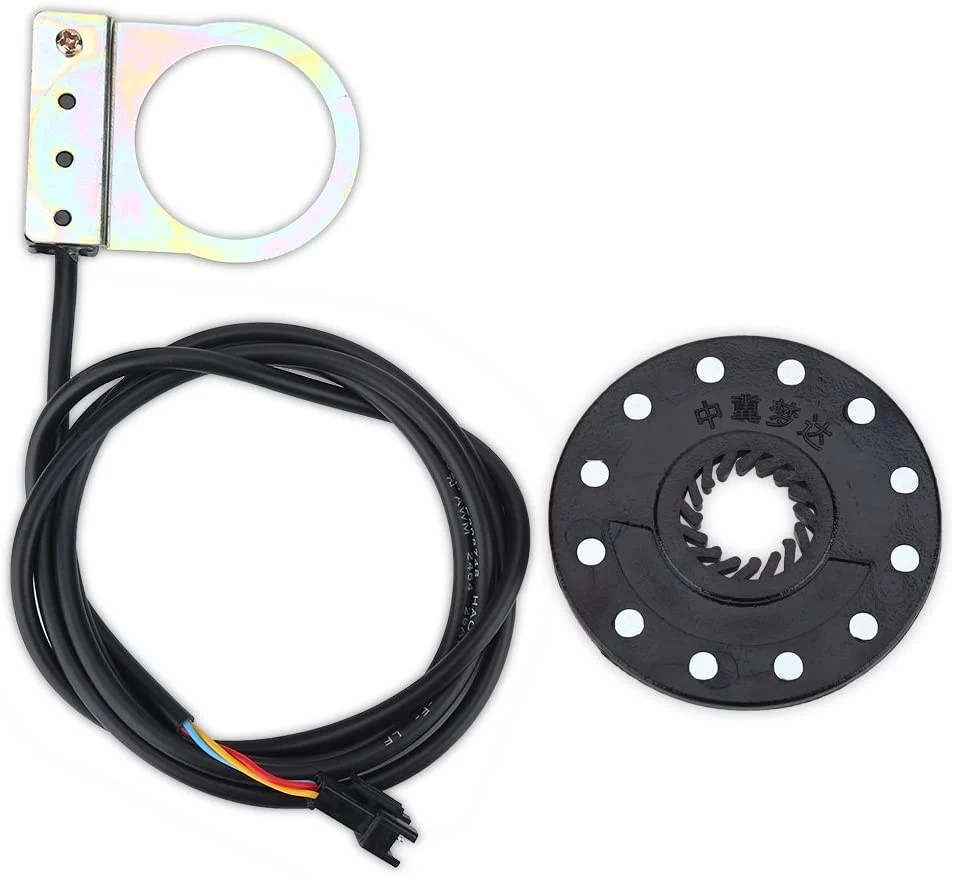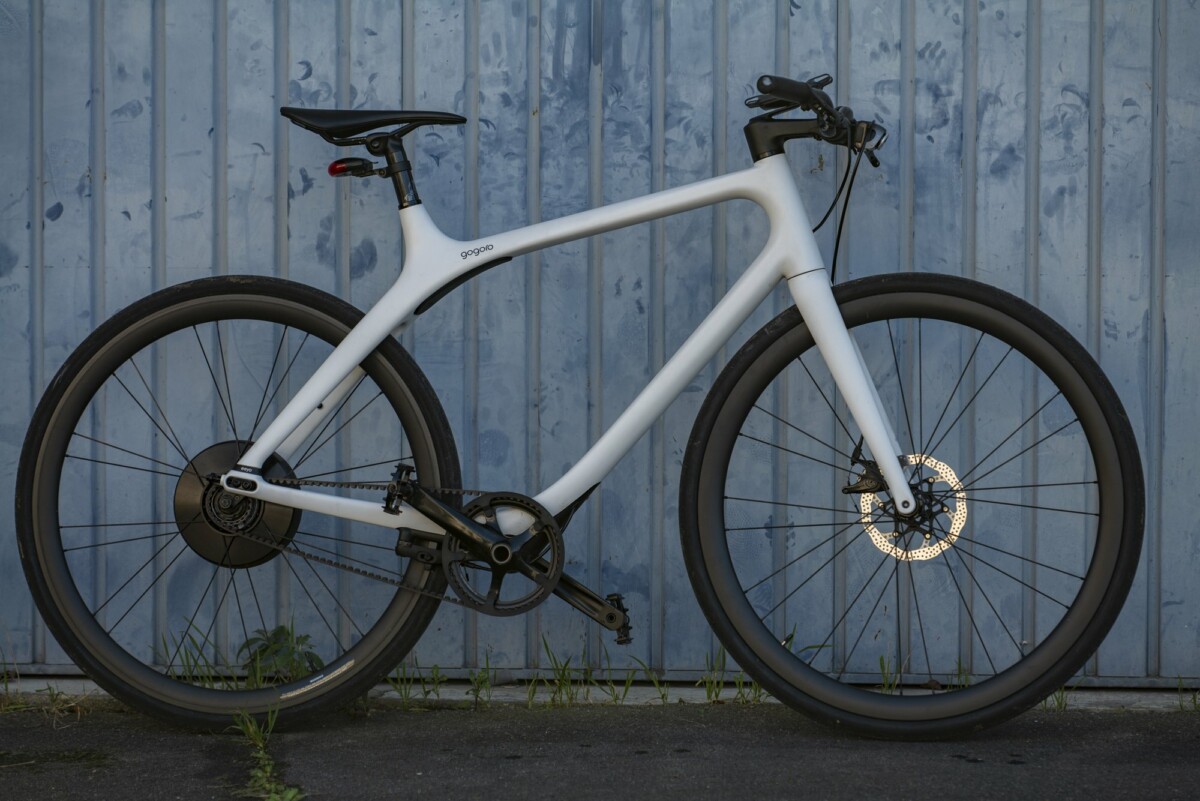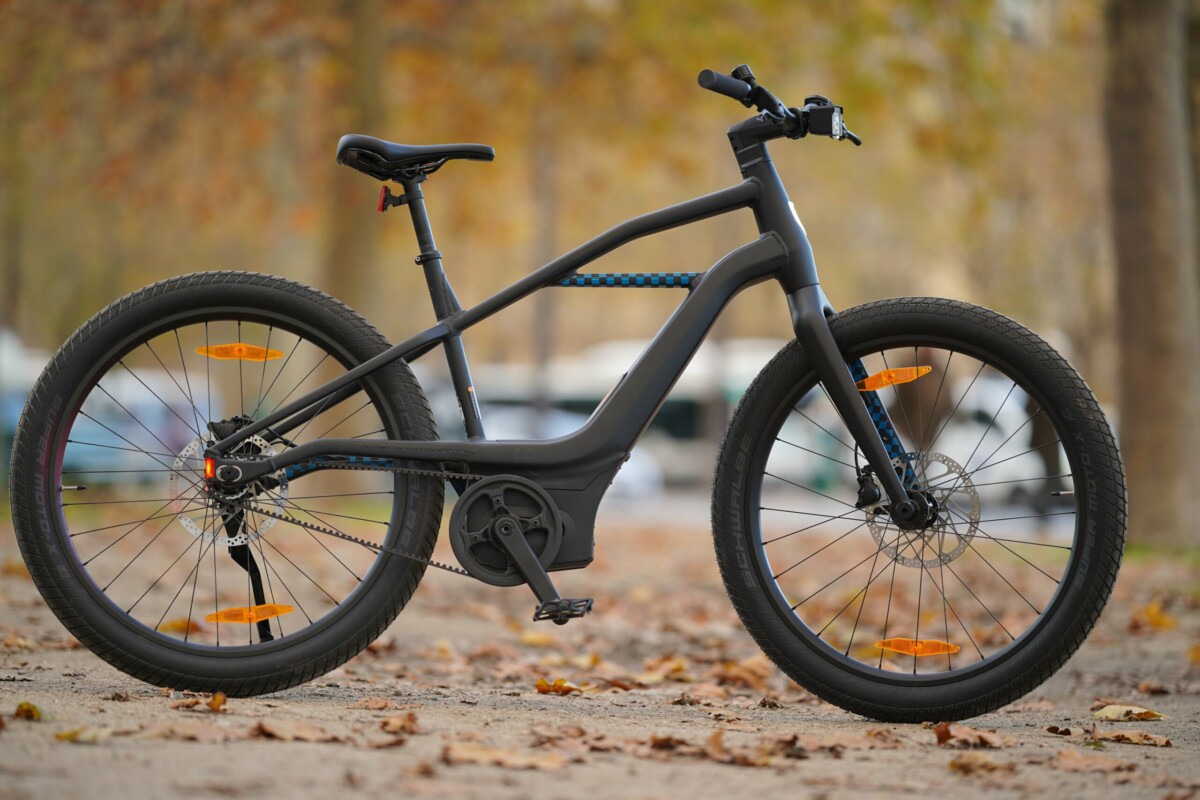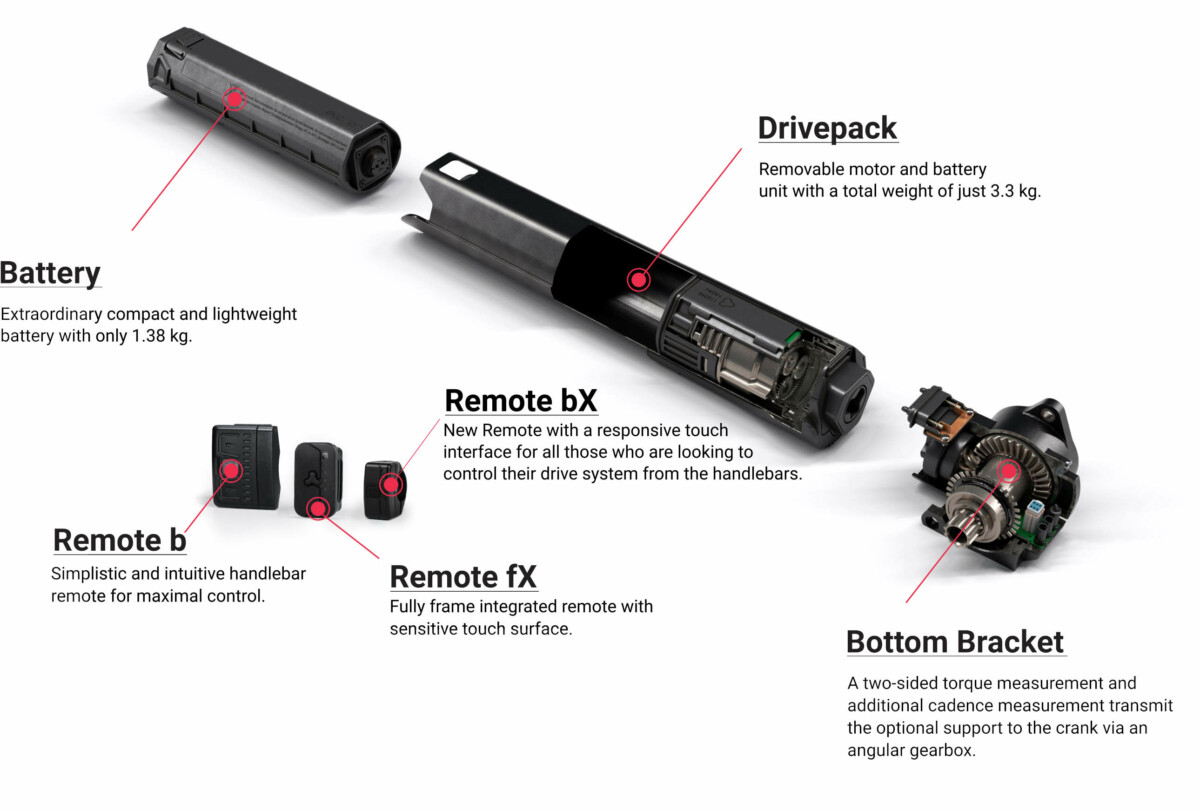An electric bike has the mission to reduce your effort effect, either to avoid sweating when arriving at the office, or to accompany the athlete in his momentum. To do this, there are mainly two technologies that it is necessary to know before embarking on the purchase of an e-bike: the torque sensor and the rotation sensor.
The VAE or electrically assisted bicycle, as their name suggests, assist you in pedaling to make the effort less violent. But this assistance varies according to the technology used. Differences that are felt both on the purchase price, but also on the feeling of pedaling. We have decided to explain to you simply and effectively how these differences manifest themselves.
Here is our file to capture everything on the sensors of electrically assisted bicycles.
The sensor in an e-bike
A sensor is an electronic component or set of components used to measure a phenomenon. The electrically assisted bicycle, as its name suggests, assists you in the effort. To do this, he needs to know if you are struggling or if, on the contrary, you do not need help.
The engine is thus linked to a system that captures the effort.
There are two schools: the rotation sensor, which measures the number of turns made by the crankset, and the force (or torque) sensor, which measures the effort applied to the pedal.
In fact, a third school exists: it uses both technologies to offer the best assistance.
Rotation sensor: cheaper but less natural
The rotation sensor is a much more affordable technology than the torque sensor. It is found on entry-level VAEs. It detects the rotation of the crankset. The sensor indicates a number of rotations per minute. From there, the bike builder will choose the interpretation made by the system and adapt the motor assistance accordingly.
For example, the system can simply rely on two pieces of data:
- The pedal does not turn: no help;
- The pedal turns: maximum assistance.
In this case, it is not the easiest to maneuver in traffic. You generally spend your time stopping and then resuming your pedaling, to manage your speed as best as possible in the midst of other cyclists.
Also, be aware that a waiting time is generally felt on the first pedal stroke before receiving electric assistance: it takes one revolution of the pedals (at least) for the sensor to understand that assistance would be welcome. It is important in this case that your bike is correctly balanced so as not to wobble when starting.

The system can interpret the message in two other ways, to provide progressive assistance adapted to the cyclist’s cadence:
- The crank spins fast, so the cyclist struggles little, he doesn’t need any help;
- The pedal turns quickly, the cyclist is in the effort, we will relieve him.
The rotation sensor offers unnatural assistance. Most of the time, the system considers the following fact: the less the crank turns, the less the cyclist will have to be assisted. This is the case of the VanMoof S3. On flat routes, such as in the Netherlands, it is very useful and even allows you to benefit from maximum assistance when the effort is minimal.
This is one of the reasons why VanMoof had adopted this system on the S3. On the other hand, at the bottom of a hill to climb, your rotations will be slow. The system will not assume that you need help when in fact you do. The result is a mess. We had this problem with the Gogoro Eeyo 1s bike.
Among our tests, the Pure Flux One, TOPLIFE E-4600 and Decathlon Elops 120 E are equipped with a rotation sensor.

Torque sensor: becoming one with the bike
The pressure sensor, also called torque sensor or power sensor, has nothing to do with beer, but it’s still nice. Its operation is based on the rotational force (moment) exerted on the pedal. This allows him to know if you are struggling or if, on the contrary, you do not need assistance. Thus, the more you force, the more the engine comes to assist you.
The assistance is therefore sent proportionally according to the intensity that you put into your pedaling. For example, we find this type of sensor in the Cowboy 4 ST, the Mustache Lundi 27.3, the iWeech or the Harley-Davidson Serial 1 MOSH/CTY.

It is clearly the technology to adopt for extreme activities, technical routes and, more generally, if you are looking for a little intrusive and natural assistance. The assistance acts as if your muscles had woken up at the level of your legs. It’s also the system that puts a smile on your face when trying out an e-bike for the first time.
It is found on the majority of medium and high-end models.

The system is made up of a sort of turntable with a mechanical tilting system. This system switches when the effort on the pedal is important, and repositions itself when you lift your foot. This version can deliver 104 pulses per revolution of the pedal and 1000 torque variations per second.
The major drawback is the adjustment, which must be perfect: too tight, the system will consider that you are in permanent effort, too loose, it will consider that you do not need help (since it will not measure enough variation outstanding). To overcome this adjustment problem, motor manufacturers, such as Bosch or Shimano, have integrated this force sensor directly into the crankset.

Note that the torque sensor is never alone. It can be associated with a rotation sensor for speed indications (because in France, at 25 km/h it cuts out). The rotation sensor also serves to inform the motor and the on-board computer connected to it about the distance travelled.
Which is the best ?
Logically, the torque sensor alone — or in combination with the rotation sensor — provides much better assistance than the rotation sensor alone. It offers a much more natural and pleasant ride. Well calibrated, it allows you to become one with your bike.
The advantage of the rotation sensor is its much lower price, which makes it possible to develop electrically assisted bicycles at a lower cost for leisure use or not requiring the management of elevation. However, the weight gained remains negligible. On the other hand, the driving sensations are much less natural.
The rotation sensor is generally found on entry-level bikes. On bikes at 2000 euros on average, remember to check a torque sensor is indeed part of it.
To follow us, we invite you to download our Android and iOS application. You can read our articles, files, and watch our latest YouTube videos.
